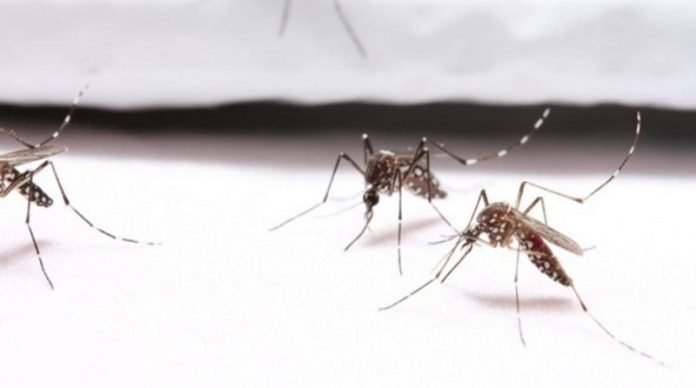
Researchers at North Carolina State University have created insecticide-free, mosquito-resistant clothing using textile materials they confirmed as bite-proof in experiments with live mosquitoes.
They developed the materials using a computational model that describes the biting behavior of Aedes aegypti, the mosquito that carries viruses that cause human diseases like Zika, Dengue fever and yellow fever.
The researchers reported in the journal Insects that 100% of mosquito bites were prevented when a volunteer wore their clothing — a base layer undergarment and a combat shirt initially designed for the military — in a cage with 200 live, disease-free mosquitoes.
The researchers think their computational model could be used to develop clothing to reduce transmission of diseases.
To develop the computational model to design textile materials that could prevent A. aegypti bites, researchers investigated the dimensions of the head, antenna and mouth of A. aegypti, and the mechanics of how it bites.
Then, they used the model to predict textile materials that would prevent bites, depending on their thickness and pore size.
The scientists believe the materials could also be effective against other mosquito species because of similarities in biology and biting behavior.
In experiments with live, disease-free mosquitoes, the researchers surrounded a blood reservoir with plastic materials made according to parameters predicted by the model.
They then counted how many mosquitoes became engorged with blood.
One material they initially tested was very thin — less than one millimeter thick — but had a very small pore size to prevent the mosquito from sticking its mouth parts, or proboscis, through the material.
Another material had a medium pore size to prevent the mosquito from inserting its head through the textile far enough to reach the skin; and a third material had larger pores but was sufficiently thick that the mosquito’s mouth still couldn’t reach the skin.



